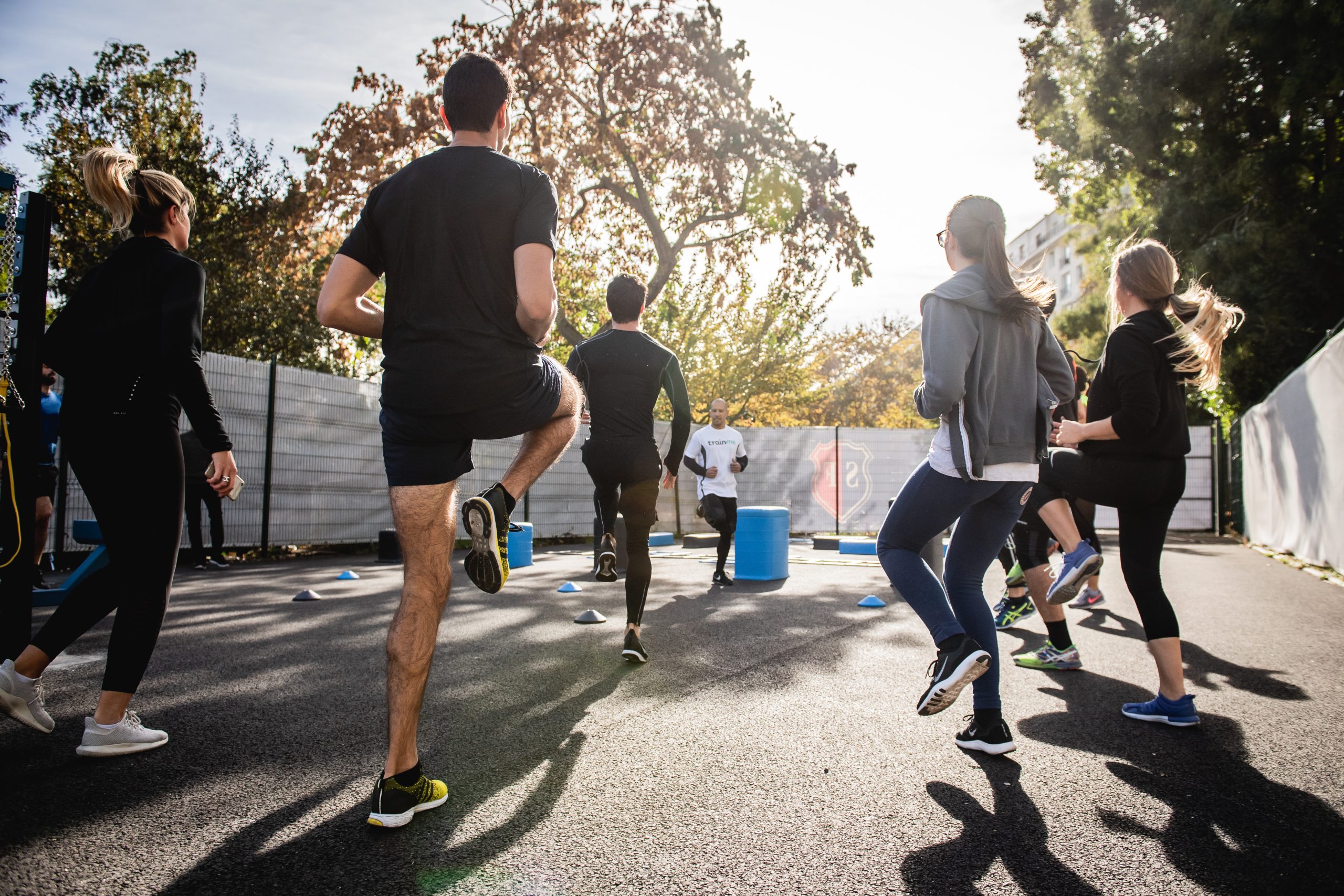
Benefits of Dynamic and Static Balance
Balance is a fundamental aspect of physical fitness and overall well-being. It plays a crucial role in our ability to perform everyday activities and maintain independence, particularly as we age. Balance can be categorized into two types: dynamic and static. Both types are essential for different aspects of movement and stability. In this blog post, we will explore the benefits of dynamic and static balance and how improving them can enhance your quality of life.
Understanding Dynamic and Static Balance
Dynamic Balance: This refers to the ability to maintain stability and control while moving. It involves coordinating movements and maintaining balance during activities such as walking, running, or changing directions quickly. It is essential for sports, dancing, and any physical activity that requires movement.
Static Balance: This involves maintaining stability while standing still or holding a position. It requires control over your body to remain steady in a fixed position. Static balance is crucial for activities such as standing on one foot, holding a yoga pose, or simply standing upright without swaying.
Benefits of Dynamic Balance
- Enhanced Athletic Performance
- Improved Functional Movement
- Increased Core Strength
- Better Coordination and Reflexes
Benefits of Static Balance
- Enhanced Stability and Posture
- Injury Prevention
- Foundation for Dynamic Movements
How to Improve Dynamic and Static Balance
- Incorporate Balance Exercises into Your Routine
Include exercises that target both dynamic and static balance in your fitness routine. Examples of dynamic balance exercises include single-leg hops, walking lunges, and agility drills. Static balance exercises include standing on one foot, holding a plank position, and practicing yoga poses such as tree pose or warrior.
- Use Balance Tools
Tools such as balance boards, stability balls, and resistance bands can add an extra challenge to your balance training. These tools engage multiple muscle groups and improve both types of balance.
- Work with a Professional
A physiotherapist or exercise physiologist can design a personalized balance training program tailored to your specific needs and goals. They can ensure that you perform exercises correctly and safely, maximizing the benefits of your training.
Dynamic and static balance are both essential components of physical fitness that contribute to overall stability, coordination, and performance. By incorporating balance exercises into your routine and focusing on both types of balance, you can enhance your athletic abilities, prevent injuries, and improve your quality of life.
If you are looking to improve your balance, get in touch with Pivotal Motion’s exercise physiologist team today. Our team of Exercise Physiologists will be able to discuss with you in more depth on how to manage your exercise. Book online or call us on 3352 5116.







